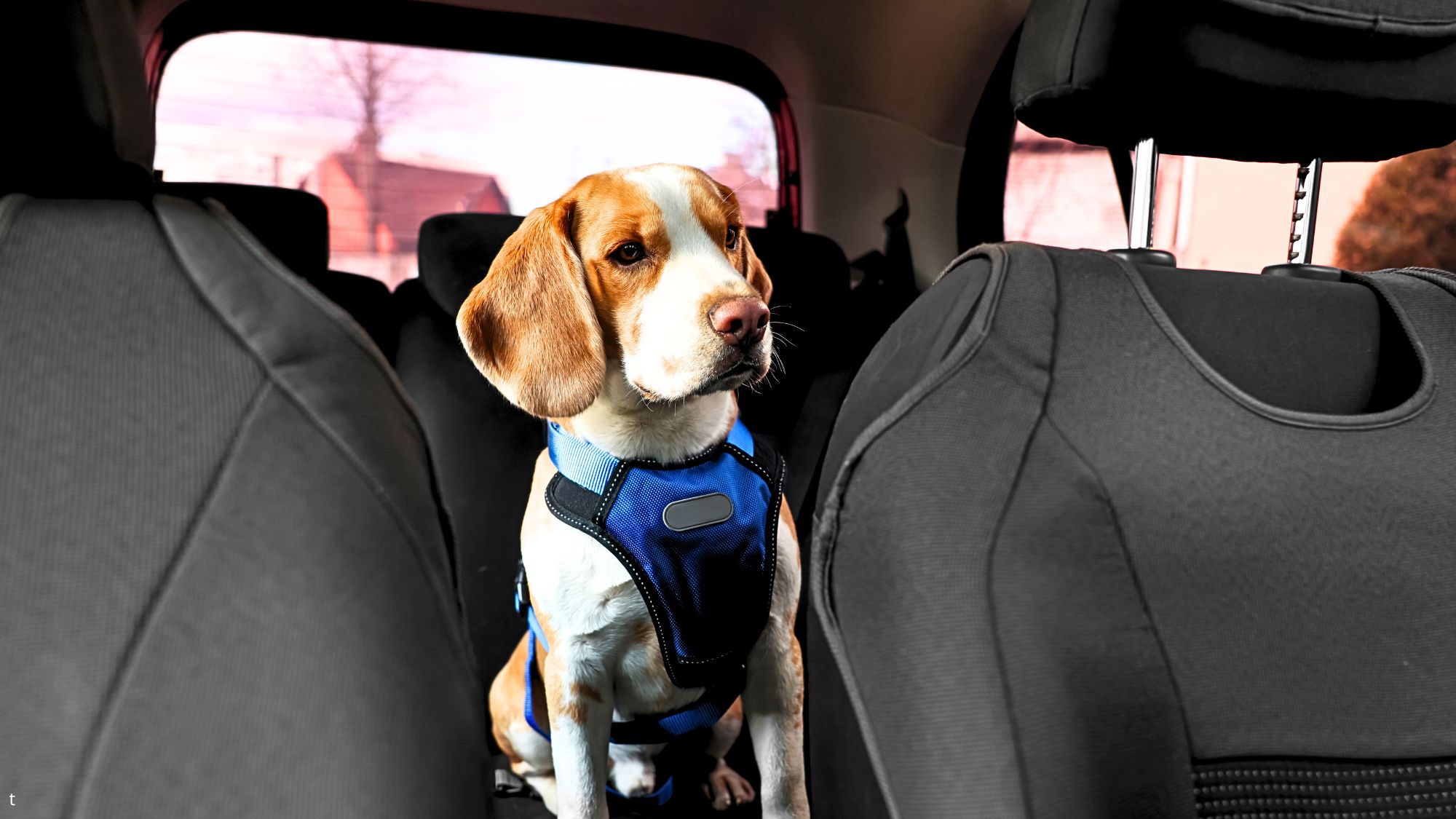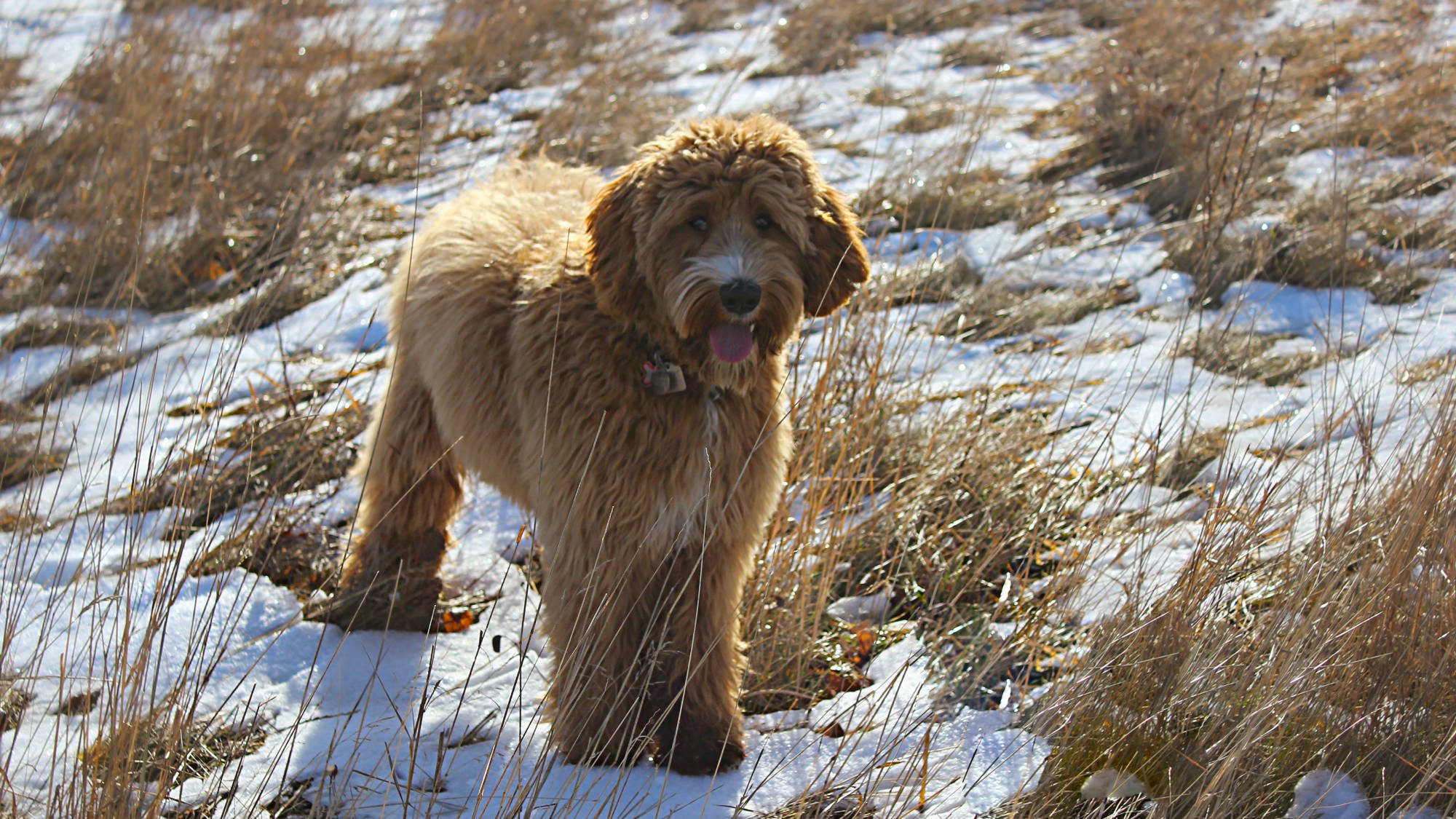Heatstroke (also known as hyperthermia) is something parents of young children think about plenty in the summer. But humans aren’t the only ones that can suffer from heatstroke — our canine companions are also at risk. Unlike humans, dogs cannot easily communicate when they are suffering from excessive heat, making it crucial for pet owners to be vigilant and knowledgeable about the signs of heatstroke.
Dogs are especially at risk due to their outdoor activities and travels with us in warm weather. To ensure the safety and well-being of our canine companions, it is imperative to recognize the signs of heatstroke and take immediate action. Heatstroke occurs when a dog’s body temperature exceeds 103 degrees Fahrenheit, potentially leading to severe and even fatal damage to their vital organs, including the brain, heart, and liver.
Table of Contents
What Are the Signs of Heatstroke in Dogs?
- Rapid Panting: Dogs naturally pant to regulate their body temperature, but excessive and prolonged panting can be an early sign of heatstroke. When you observe this, it is crucial to move your dog to a cooler area with access to fresh water.
- Color Changes in Tongue and Gums: Monitoring the color of your dog’s tongue and gums can be a proactive measure to assess their temperature. A darker red color may indicate rising body heat, while paler gums can suggest oxygen deficiency. In either case, seek shade, provide water, and contact a vet if oxygen depletion is suspected.
- Depression and Lethargy: If your dog displays signs of lethargy, difficulty getting up, or appears off-balance, these may be serious indications of heatstroke and should not be ignored. Such behavior can result from organ damage due to excessive heat.
- Vomiting and Diarrhea: Heat-related symptoms like vomiting or diarrhea can be signs of dehydration and internal distress. Offer your dog water and promptly consult a vet if these symptoms occur.
- Unresponsiveness or Coma: In severe cases of heatstroke, dogs may become unresponsive or fall into a coma. Initially, they may appear confused and fail to obey commands. If unresponsiveness occurs, contact your vet immediately and transport your dog to a care center.
Enjoy Summer Safely with Your Canine Companion
Keep in mind that dogs cannot communicate their discomfort verbally. As responsible pet owners, we have a duty to take every possible precaution to shield them from the dangers of overheating. Whether you’re spending time outdoors, indoors, or embarking on a journey in a vehicle, always ensure you have an ample supply of fresh water and opt for activities that offer access to shade and cooler environments.
When traveling with your pet in a vehicle or RV, be sure to equip yourself with a reliable pet temperature monitor to create a secure atmosphere. By adopting proactive and sensible measures, you can safeguard your furry friend during the summer months and relish adventures together.








